
| Recorded by: David George on 2025-09-18
Durham Co.
Comment: | 
| Recorded by: David George on 2025-09-18
Durham Co.
Comment: |

| Recorded by: David George, Jeff Niznik on 2025-09-14
Durham Co.
Comment: | 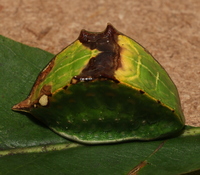
| Recorded by: David George, Jeff Niznik on 2025-09-14
Durham Co.
Comment: |
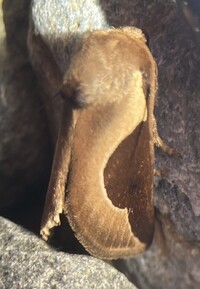
| Recorded by: Dean Furbish on 2025-08-16
Orange Co.
Comment: | 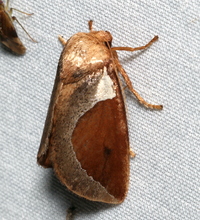
| Recorded by: David George, Kevin Bischof, Rich Teper, Patrick Coin on 2025-08-15
Transylvania Co.
Comment: |

| Recorded by: Dean Furbish, Lior S. Carlson, Randy Emmitt on 2025-08-12
Alamance Co.
Comment: | 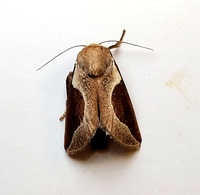
| Recorded by: Mark Basinger on 2025-07-26
Wilson Co.
Comment: |

| Recorded by: Melody McMichael on 2025-07-24
Forsyth Co.
Comment: | 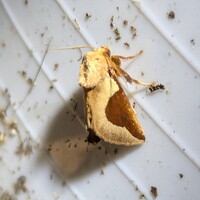
| Recorded by: Melody McMichael on 2025-07-24
Forsyth Co.
Comment: |
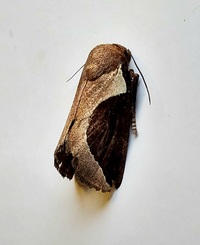
| Recorded by: Mark Basinger on 2025-07-23
Brunswick Co.
Comment: | 
| Recorded by: Mark Basinger on 2025-07-12
Rowan Co.
Comment: |

| Recorded by: Dean Furbish on 2025-07-04
Wake Co.
Comment: | 
| Recorded by: Jim Petranka, Mark Basinger and Becky Elkin, David George on 2025-06-29
Richmond Co.
Comment: |

| Recorded by: Jim Petranka, Mark Basinger and Becky Elkin on 2025-06-28
Moore Co.
Comment: | 
| Recorded by: Mark Basinger on 2025-06-14
Rowan Co.
Comment: |
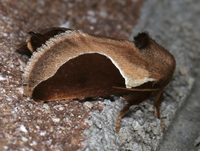
| Recorded by: Jim Petranka on 2025-06-11
Madison Co.
Comment: | 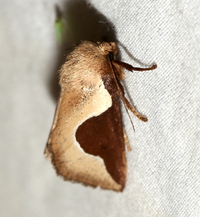
| Recorded by: David George on 2025-05-17
Durham Co.
Comment: |

| Recorded by: David George, Jeff Niznik, Brian Bockhahn, Jim Petranka, John Petranka, Becky Elkin on 2025-05-09
Cumberland Co.
Comment: | 
| Recorded by: Mark Basinger on 2025-04-25
Columbus Co.
Comment: |

| Recorded by: David George on 2024-09-08
Durham Co.
Comment: | 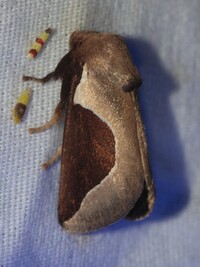
| Recorded by: David George, Jeff Niznik, Kenneth Geisert, David Bradley, Julie Tuttle, Patrick Coin, Kaitlyn Elliott, Becky Watkins on 2024-08-17
Durham Co.
Comment: |
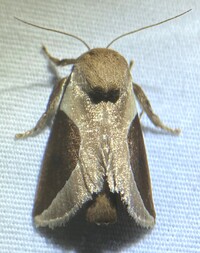
| Recorded by: Dean Furbish, Lior S. Carlson on 2024-08-17
Johnston Co.
Comment: | 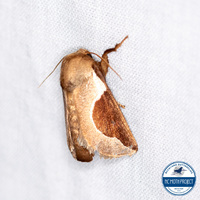
| Recorded by: Dean Furbish, Lior S. Carlson on 2024-08-17
Johnston Co.
Comment: |
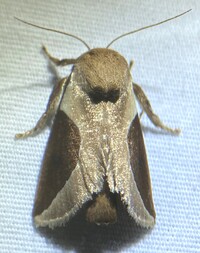
| Recorded by: Dean Furbish, Lior S. Carlson on 2024-08-13
Pamlico Co.
Comment: | 
| Recorded by: Dean Furbish, Lior S. Carlson on 2024-08-13
Pamlico Co.
Comment: |

| Recorded by: David George, Jeff Niznik, Kevin Bischof on 2024-08-07
Transylvania Co.
Comment: | 
| Recorded by: David George, Jeff Niznik on 2024-08-06
Transylvania Co.
Comment: |

| Recorded by: David George, Jeff Niznik on 2024-08-05
Transylvania Co.
Comment: | 
| Recorded by: K. Bischof on 2024-08-04
Transylvania Co.
Comment: |
|

 »
»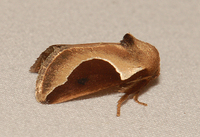
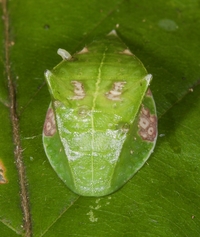


 »
»

